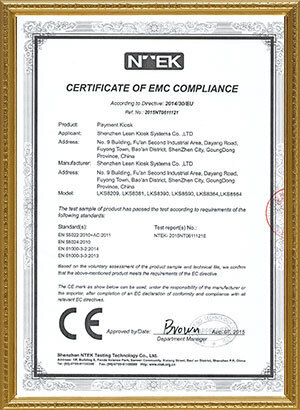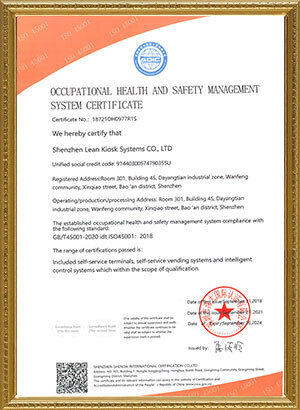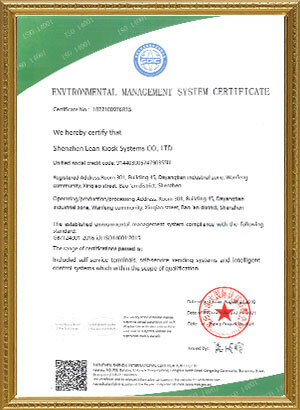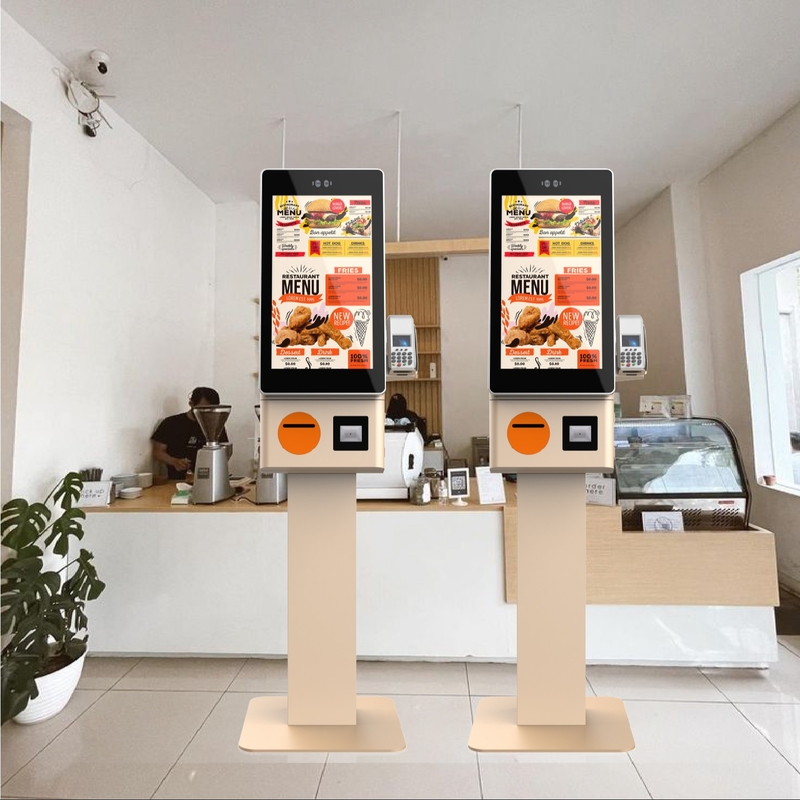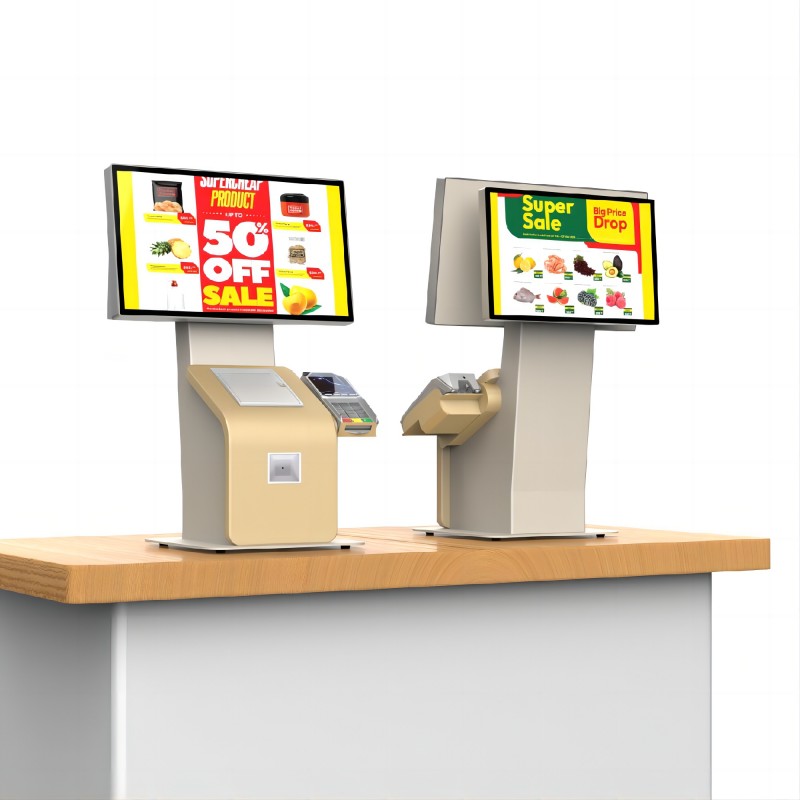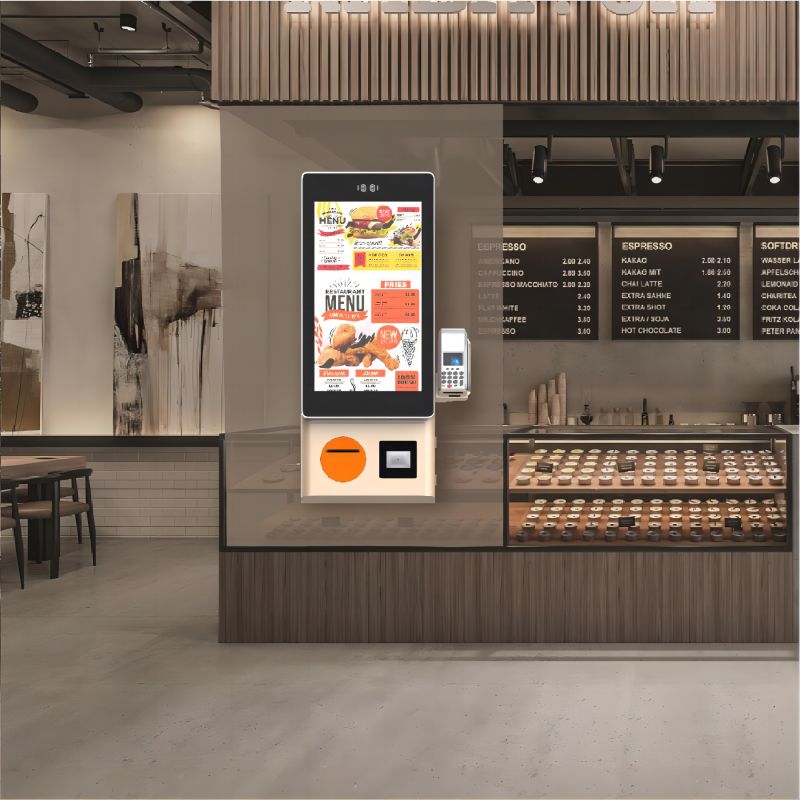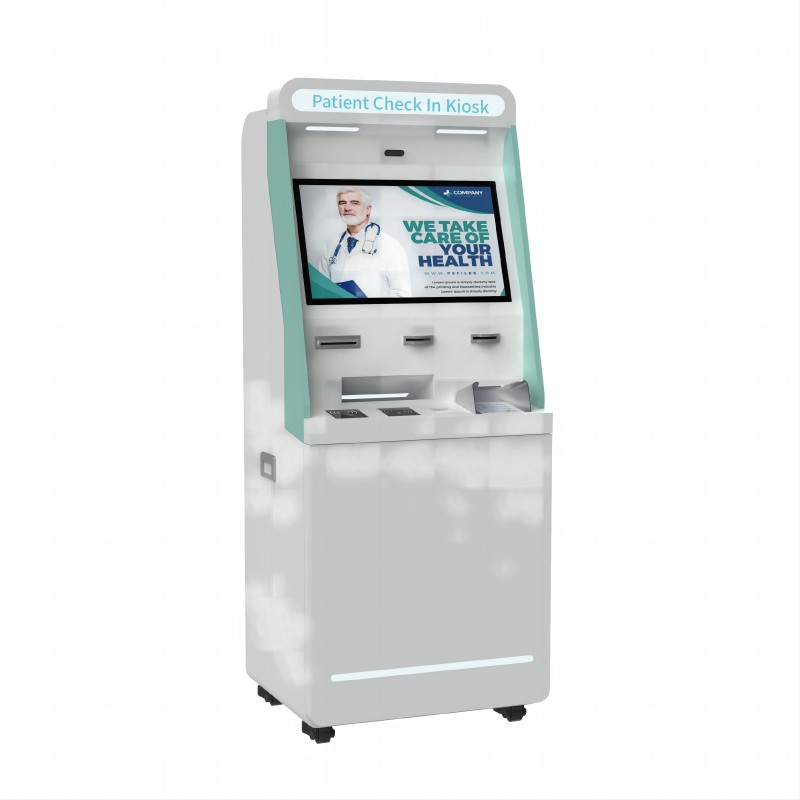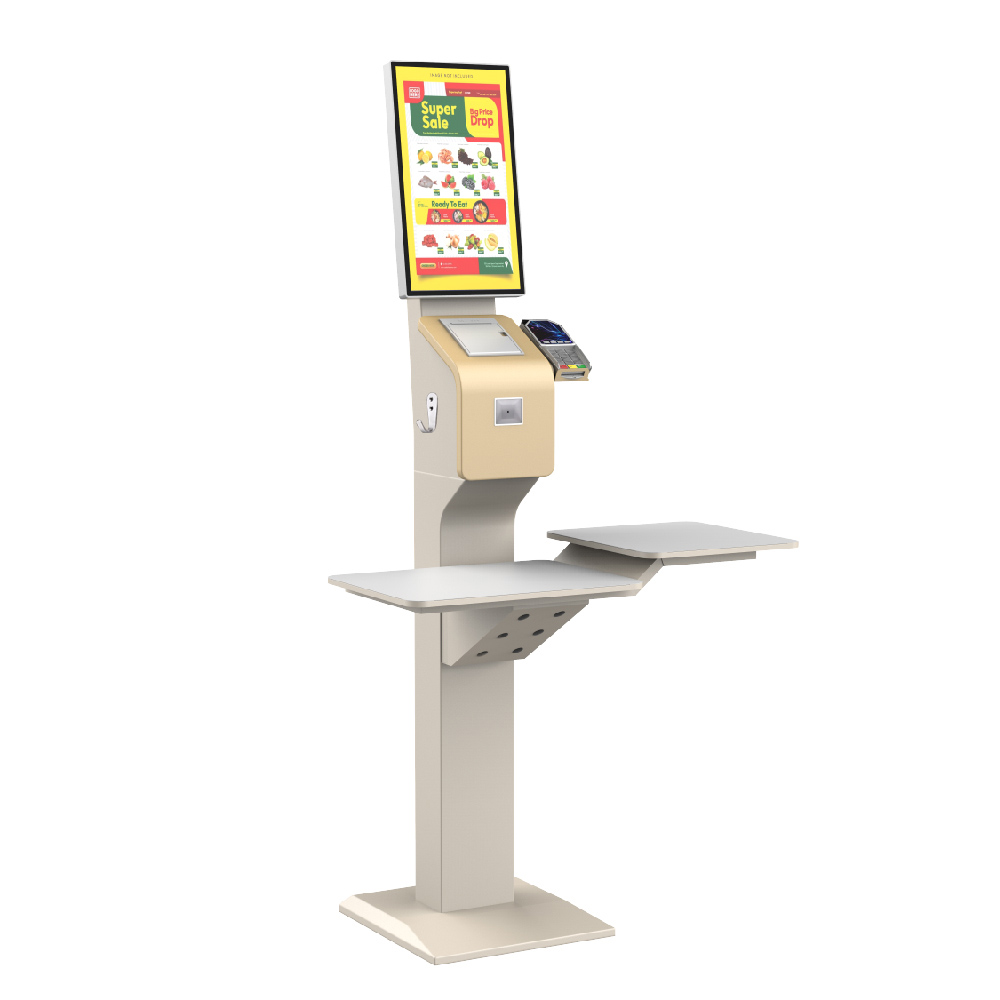






—— Bill from America
—— Jack from United Kingdom
—— James from Russia
—— Mike from America
—— James from Iran
—— James from America
1.Reduced Order Taking Staff: By allowing customers to place orders directly through kiosks, restaurants can reduce the number of front-of-house staff needed solely for order taking. This enables reallocating staff to other areas such as food preparation and customer service.
2. Improved Efficiency: Kiosks streamline the ordering process, reducing wait times and allowing staff to focus more on serving food promptly and ensuring a positive dining experience.
3. Optimized Labor Costs: With fewer staff needed for order taking, restaurants can potentially reduce labor costs, especially during peak hours when additional staff would traditionally be required.
4. Consistent Service: Kiosks provide consistent service standards regardless of staff availability or experience levels, ensuring accurate order taking and reducing errors in customer orders.
5. Increased Productivity: By automating routine tasks like order entry, staff productivity can increase as they can concentrate on tasks that require human interaction and decision-making.
6. Handling Peak Periods: During busy periods, kiosks can handle a significant portion of orders, alleviating pressure on staff and ensuring smoother operations without compromising service quality.
7. Training and Turnover: With kiosks handling basic order taking, restaurants may require less time and resources for training new staff on order procedures, potentially reducing turnover costs associated with front-of-house positions.
8. Cross-Training Opportunities: With fewer staff dedicated solely to order taking, there may be opportunities to cross-train employees in different roles within the restaurant, enhancing flexibility and operational resilience.
9. Enhanced Customer Interaction: With staff freed from routine tasks, they can focus more on engaging with customers, providing personalized service, and addressing specific needs or concerns.
10. Scalability: As restaurants expand or adapt to changing customer demands, kiosks can easily scale to accommodate increased order volumes or additional service areas without significant increases in staffing levels.

1. Strategic Placement :
- Entryways and Waiting Areas : Position kiosks near entry points or waiting areas to capture customer orders as they enter or wait to be seated. This optimizes customer engagement and reduces congestion in dining areas.
- Drive-Thru Lanes : Install kiosks in drive-thru lanes to expedite order taking and streamline the ordering process for customers using the drive-thru service.
2. Compact Design :
- Slim Profile Kiosks : Choose kiosks with a slim profile and compact footprint to minimize space requirements while still providing sufficient screen size and functionality.
- Wall-Mounted Options : Utilize wall-mounted kiosks in narrow or tight spaces to maximize floor space and ensure ease of access for customers.
3. Integrated Design with Furniture :
- Integrated Seating : Incorporate kiosks into seating arrangements, such as booth dividers or communal tables, to blend functionality with dining areas without occupying additional floor space.
- Countertop Integration : Integrate kiosks into existing counters or tabletops to optimize counter space usage while providing convenient access for customers.
4. Multi-Functional Use :
- Dual-Purpose Stations : Designate kiosks for dual functions, such as order taking and payment processing, to consolidate tasks and minimize the number of kiosks needed in a given area.
- Self-Service Stations : Implement versatile kiosks that can handle multiple functions, such as food ordering, beverage dispensing, or promotional displays, to maximize utility in various service contexts.
5. Queue Management :
- Organized Queue Areas : Arrange kiosks in a designated queueing area with clear signage and pathways to optimize customer flow and prevent congestion during peak hours.
- Mobile Integration : Offer mobile ordering options integrated with kiosk systems to facilitate order placement before customers arrive, reducing wait times and optimizing in-store traffic.
6. Modular and Scalable Solutions :
- Modular Configurations : Opt for modular kiosk setups that can be easily expanded or reconfigured based on changing operational needs and customer traffic patterns.
- Scalable Deployment : Scale kiosk deployment according to peak times or customer demand, adjusting the number and placement of kiosks to maintain efficiency and service quality.
7. Technology Integration :
- Digital Signage : Combine kiosks with digital signage or menu boards to promote specials, updates, and brand messaging, optimizing space utilization while enhancing customer engagement.
- Cloud-Based Management : Utilize cloud-based kiosk management systems to remotely monitor and adjust kiosk operations, ensuring efficient use of space and resources across multiple locations.
- Enhanced Customer Experience : By accommodating customers in their preferred language, restaurants can improve satisfaction levels and eliminate language barriers that may hinder communication or ordering processes.
- Increased Accessibility : Multi-language support enhances accessibility for international tourists, non-native speakers, and multicultural communities, encouraging broader customer engagement and loyalty.
- Improved Efficiency : With clear and understandable menu options in multiple languages, kiosks can facilitate quicker decision-making and order placement, reducing wait times and improving overall operational efficiency.
- Global Appeal : Restaurants with multi-language kiosk support can attract a wider range of customers, including international visitors and diverse local communities, thereby expanding their customer base and market reach.
Implementing robust multi-language support in kiosks not only fosters inclusivity and accessibility but also enhances operational effectiveness and customer satisfaction, making it a valuable investment for restaurants aiming to provide seamless self-service experiences to all patrons.
1. Payment Options : Offer a variety of payment methods such as credit/debit cards, mobile payments (e.g., NFC, QR codes), cash, and restaurant-specific payment options (e.g., gift cards). Providing diverse payment choices accommodates customer preferences and expedites transactions.
2. contact-less Payments : Facilitate contact-less payment methods to minimize physical contact and speed up the transaction process. Support technologies like Apple Pay, Google Pay, or other NFC-enabled payments for quick and convenient payments.
3. Integrated Payment Systems : Integrate the kiosk with a robust and reliable payment processing system that ensures secure transactions and real-time authorization. This integration streamlines the payment flow and reduces transaction time.
Address: No. 99-15, Fuan intelligent manufacturing Industrial Park, Dayang Road, Fuhai Street, Baoan District, Shenzhen, China


